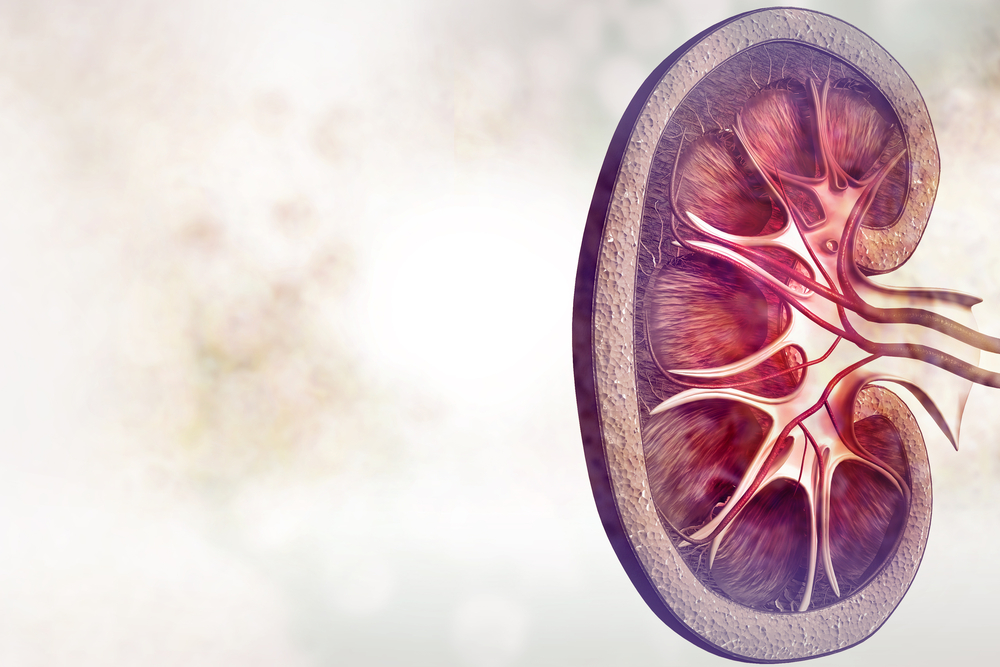Blood in Urine in AAV Patients in Remission May Reflect Renal Damage, Study Finds
Written by |

Persistent hematuria (blood in urine) in antineutrophil cytoplasmic antibody (ANCA)-associated vasculitis (AAV) patients who achieved clinical remission after immunosuppressive therapy is not rare and may be due to chronic renal damage or low-grade active renal disease, a retrospective study has found.
The study, “Persistent hematuria in patients with antineutrophil cytoplasmic antibody-associated vasculitis during clinical remission: chronic glomerular lesion or low-grade active renal vasculitis?,” was published in the journal BMC Nephrology.
More than 20 percent of AAV patients develop end-stage renal disease (ESRD), a chronic condition that occurs when the kidneys are no longer able to function as they should. Patients with this condition often require dialysis or a kidney transplant to survive.
Hematuria (with or without high serum creatinine levels) often is a manifestation of renal involvement in AAV, and microscopic hematuria persists even in patients in clinical remission. However, it is still unclear if this is due to low-grade active renal disease or chronic kidney injury, two conditions with largely distinct treatment approaches.
Researchers at the Peking University Institute of Nephrology, Ministry of Health of China, aimed to address the controversy regarding persistent hematuria in a group of AAV patients.
The study involved 219 patients (40.6 percent men with a mean age of 58.5 years at diagnosis) who had been diagnosed with AAV and achieved clinical remission following therapy at the Renal Division of Peking University First Hospital from 1996 and 2015.
Patients were followed up from December 2002 and March 2016, with median duration of follow-up being 37 months. Treatment protocols included corticosteroids and cyclophosphamide (CTX) for induction therapy and intravenous CTX every three months, or daily oral azathioprine or mycophenolate mofetil for maintenance therapy.
After induction therapy, all patients achieved complete remission. Then two groups of patients were identified — those with persistent hematuria and those without hematuria during remission.
Patients in the persistent hematuria group had significant lower prevalence of weight loss and nervous system involvement, lower levels of leukocytes and neutrophils, and more interstitial fibrosis. Patients with persistent hematuria also had significantly higher levels of ANCA at the beginning of the maintenance therapy.
Although there was no significant difference in initial estimated glomerular filtration rate (eGFR) at the beginning of maintenance therapy between the two groups, the slope of eGFR decline was significantly higher in patients with persistent hematuria.
During the study, three patients with persistent hematuria during clinical remission underwent a renal biopsy because of suspected disease flare-up. While one patient had low-grade active renal vasculitis, and was treated with prednisone plus azathioprine, the other two had chronic kidney injury and their treatment was unchanged.
“Among the AAV patients who achieved clinical remission after standard immunosuppressive therapy, those with persistent hematuria are not rare,” the researchers concluded. “This persistent hematuria may reflect either chronic renal damage or low-grade active renal disease, and the differential diagnosis of these two circumstances is sometimes difficult without renal histology.”




